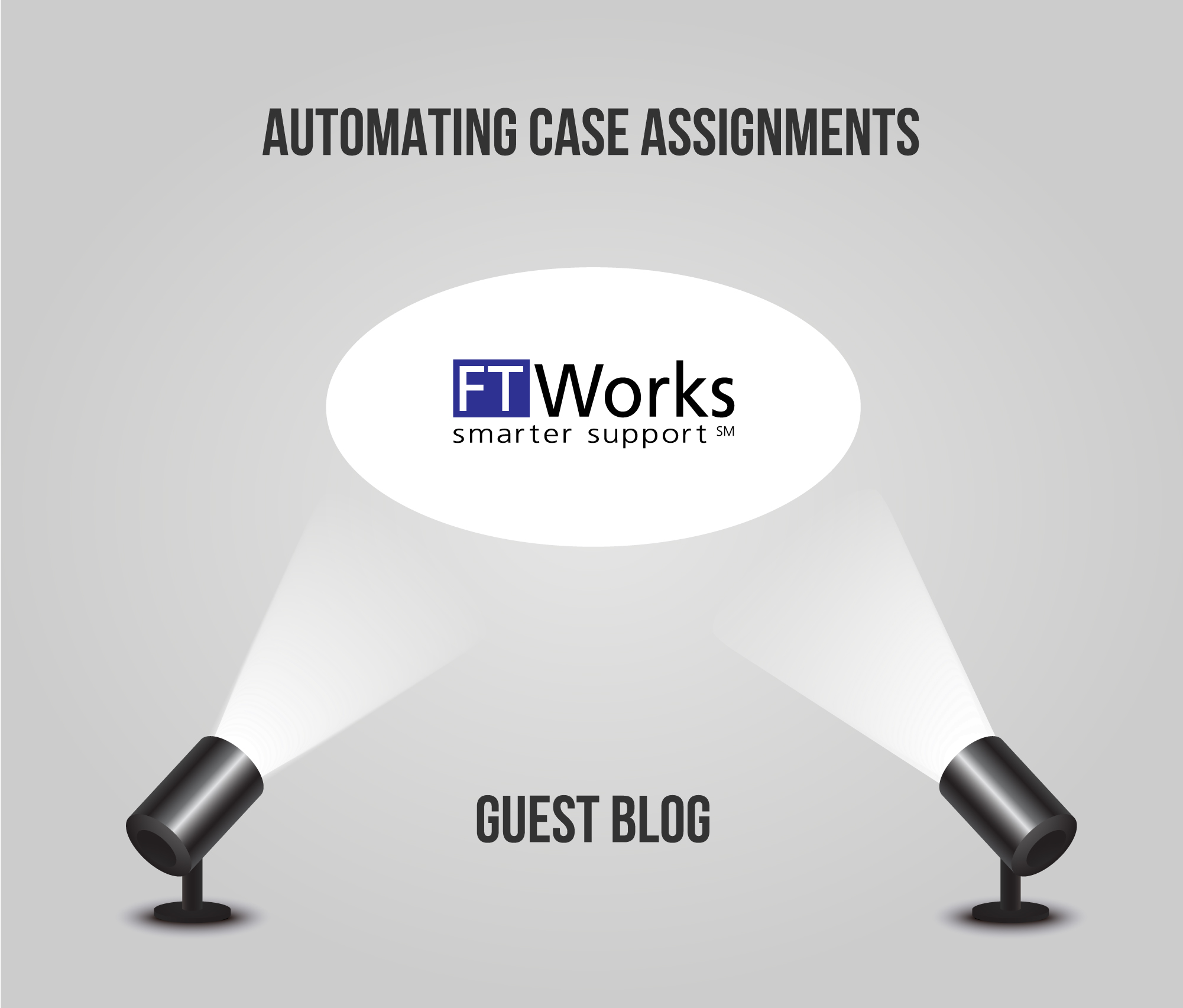Unfairly Despised and Ignored
Most support executives never think about case assignments, that is, the process through which incoming issues are matched to owners. It’s a pity, since case assignments are essential for three essential aspects of support success:
- Meeting initial response commitments
- Resolving issues quickly
- Meeting productivity targets
Imagine if each incoming case was magically whisked to a team member properly equipped to solve it. You would avoid escalations, unneeded handoffs, and much wringing of hands over the backlog. Case assignments matter!
4 Approaches to Case Assignment
Case assignments mechanisms vary along two dimensions:
- Push or pull: team members either receive cases (push) or actively request cases to work on (pull)
- Manual or automated: assignments can be controlled by individuals or by some kind of algorithm
That gives us four methods of case assignment, as shown in the table below.
| Manual | Automated | |
| Push | A queue manager assigns cases | The system assigns cases based on an algorithm and schedule team members do not control |
| Pull | Team members select the cases they want, when they want them (“cherry picking”) | Team members select when they grab cases, but the system chooses the case they get |
The manual push method (upper left) is popular in complex-support organizations, with a team lead or manager typically in charge of parceling out the cases. This is an expensive method—and that queue manager could be doing much higher-value work.
The automated push method (upper right) has been historically limited to round-robin assignments, leading to suboptimal matches and team members asking to be taken off the rotation to they can catch up on their backlog. We need better solutions.
Best Practices for Case Assignment
Before we dive into better solutions, it’s helpful to think about the larger environment for case assignments, regardless of the methodology you use. Here are four essential best practices:
- Balance workload, not backlog. Most organizations assign cases based on individual backlogs. As noted above, the automated push approach is routinely subverted by off-rotation exceptions—and queue managers hesitate to assign cases to team members with heavy backlog. This rewards individuals who maintain high backlogs.
- Protect deep-work time. In complex-support organizations, team members need protected time to tackle harder issues that need complex scenario reproduction or debugging. Most push methods make it impossible to maintain concentration for a big block of time.
- Allow cherry picking. Cherry picking can be abused, but learners must be allowed to handpick easier issues, and strivers should be able to grab more than their shares—with appropriate guardrails of course.
- Measure assignment success, not just SLAs. Success is not (just) meeting response SLAs. Ideally, case assignments maximize the chance that a single owner takes the case to resolution without any help. So measure your “one-owner, no-assist” percentage. (Note that this is a process metric and not an individual metric: never discourage team members from seeking help on their cases!)
The AI Revolution for Case Assignment
Ai-based tools can automate case assignments whether you want to use a pull or push method, since the same matchmaking algorithm works for both. The push method just overlays a scheduling capability on top of the matchmaking logic. They save time, and they can outperform humans:
- They can include sophisticated elements in their matchmaking algorithm such as team members’ past experiences with the customer.
- They can handle complex scheduling requirements, allowing to preserve deep-work time (and dentist appointments, too!).
- They can allow cherry-picking by allowing preset delays in assignments.
- They can control the type of cases pulled by experienced team members.
AI-based case assignment tools are also experiment-friendly. If you use queue managers, have them use the AI tool as a helper for a while: they will typically find that the tool is just as good as they are and they’d rather use their talent elsewhere.
How does your organization manage case assignments? Are you using AI tools or thinking about it? Tell us in a comment.
Francoise Tourniaire is the author of The Art of Support and the founder of FT Works, a boutique consulting firm that helps technology companies improve their customer success and support organizations. You can reach her here.

